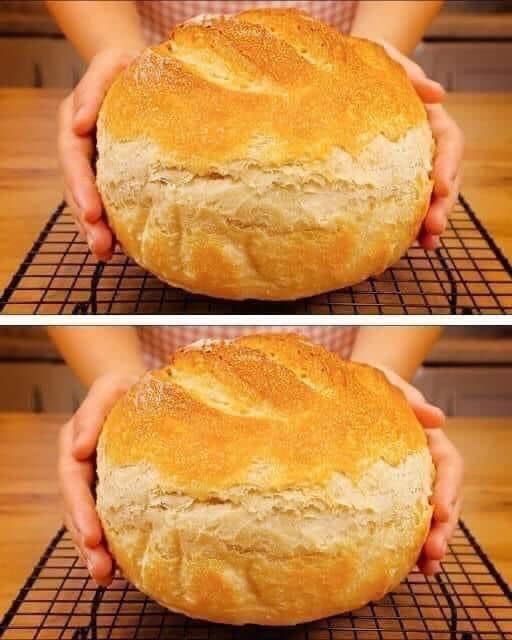Background and Beginnings of Acupressure
Acupressure is an ancient healing art that originated thousands of years ago in Asia, particularly in China. It is a key component of Traditional Chinese Medicine (TCM) and is based on the same principles as acupuncture, except it involves applying pressure to specific points on the body rather than using needles. These pressure points, called acupoints, are believed to lie along pathways known as meridians, which are the channels through which Qi (pronounced “chee”), or life energy, flows. According to TCM, balancing the flow of Qi is essential for maintaining health and well-being.
The Origins of Acupressure
The exact origins of acupressure are difficult to trace, but its roots are deeply intertwined with the history of Chinese medicine, which stretches back more than 5,000 years. Early practitioners of Chinese medicine believed that the human body is a microcosm of the universe, and maintaining harmony between internal and external energies was key to good health. Acupressure was developed as a non-invasive method to restore this balance by manipulating Qi within the body’s meridian system.
While acupuncture, which involves the insertion of fine needles into acupoints, was more commonly documented, acupressure likely predates acupuncture. Before the development of needles, it is believed that early healers used their hands and fingers to press and massage specific points on the body to relieve pain, treat illnesses, and promote overall health.
Theories Behind Acupressure
see next page
